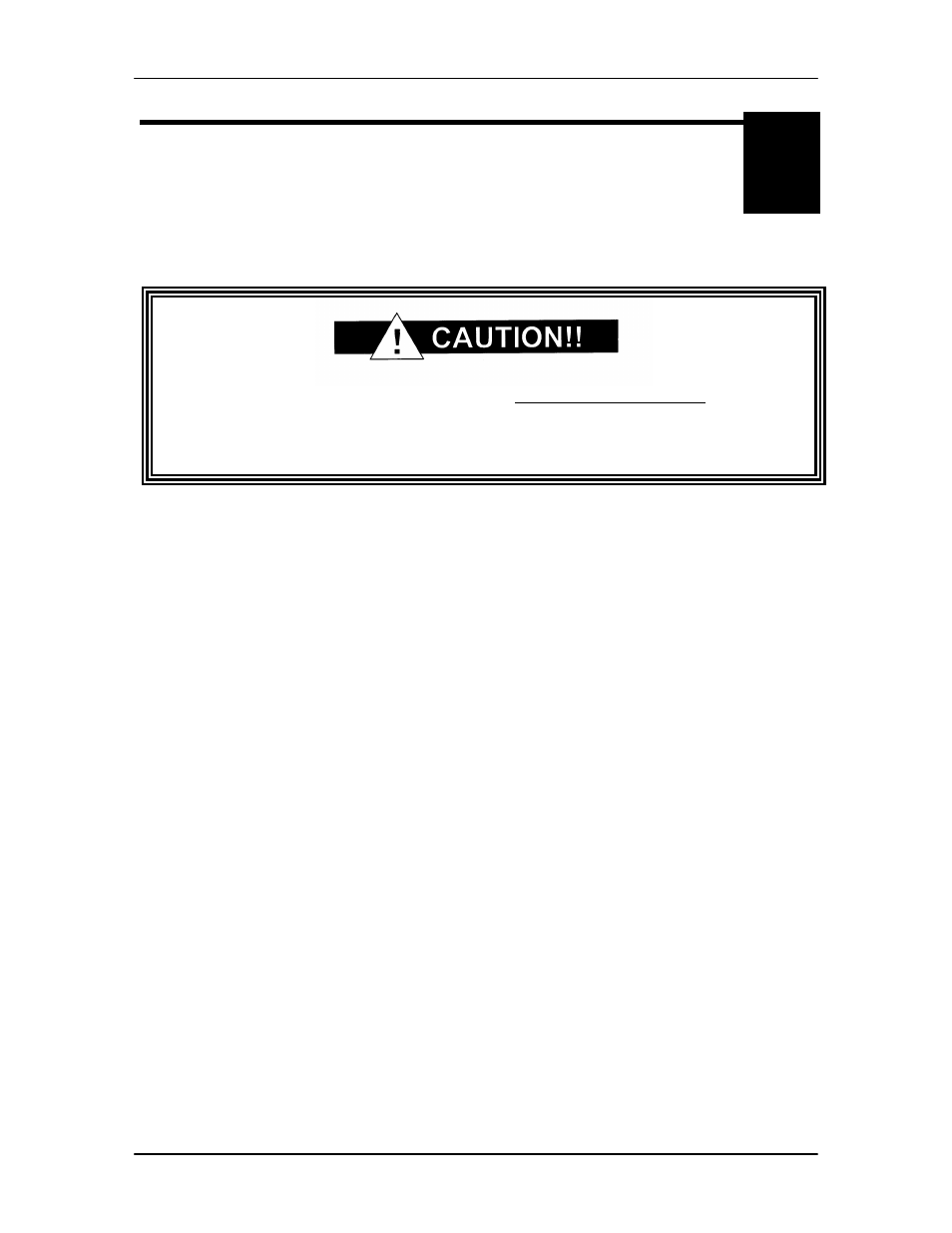Maintenance and troubleshooting -2, 0 periodic maintenance -2, 1 maintenance philosophy -2 – Comtech EF Data MM200 User Manual
Page 94: 2 customer service -2

MM200 High-Speed Microwave Modem
Troubleshooting and Maintenance
TM086 - Rev. 4.1
6-1
Maintenance and Troubleshooting
6
6.0 Periodic Maintenance
The MM200 contains a Lithium Battery. DANGER OF EXPLOSION exists if
the battery is incorrectly replaced. Replace only with the same or
equivalent type recommended by the manufacturer. Dispose of used
batteries in accordance with manufacturers instructions.
The MM200 modulator requires no periodic field maintenance procedures. Should a unit be
suspected of a defect in field operations after all interface signals are verified, the correct
procedure is to replace the unit with another known working MM200. If this does not cure the
problem, wiring or power should be suspect.
There is no external fuse on the MM200. The fuse is located on the power supply assembly
inside the case, and replacement is not intended in the field.
6.1 Maintenance Philosophy
The units Alarms, Monitors and Self Test functions will allow the operator the accurately diagnose
if a problem exists within the MM200, or the signals coming to the MM200 from other equipment
(including other MM200s). Additionally problems can be diagnosed to replaceable interfaces or
the main MM200 chassis. Once a problem is believed to be with the MM200, it is expected that a
replacement unit or interface will be used to prove where the fault lies. The faulty unit can then be
sent to a Radyne Inc. repair center for repair. Please contact your Radyne Inc. Customer
Service Center for return authorization and any special instructions.
6.2 Customer Service
Before calling your Customer Service representative with a question about your MM200, please
obtain the following information:
1.
The unit’s serial number.
2.
The main software number (listed on the Front Panel in the System Menu under HW/SW
CONFIG.
3.
The alarms that are triggered by the fault. These can be reviewed in the Current
Alarms/Latched Alarms and the Events Menus. Refer to Sections 4.4.6, and 4.4.7 for
more information on viewing these alarms.
4.
All of the values shown in the Dmd Monitor Menu at the Receive Site.
